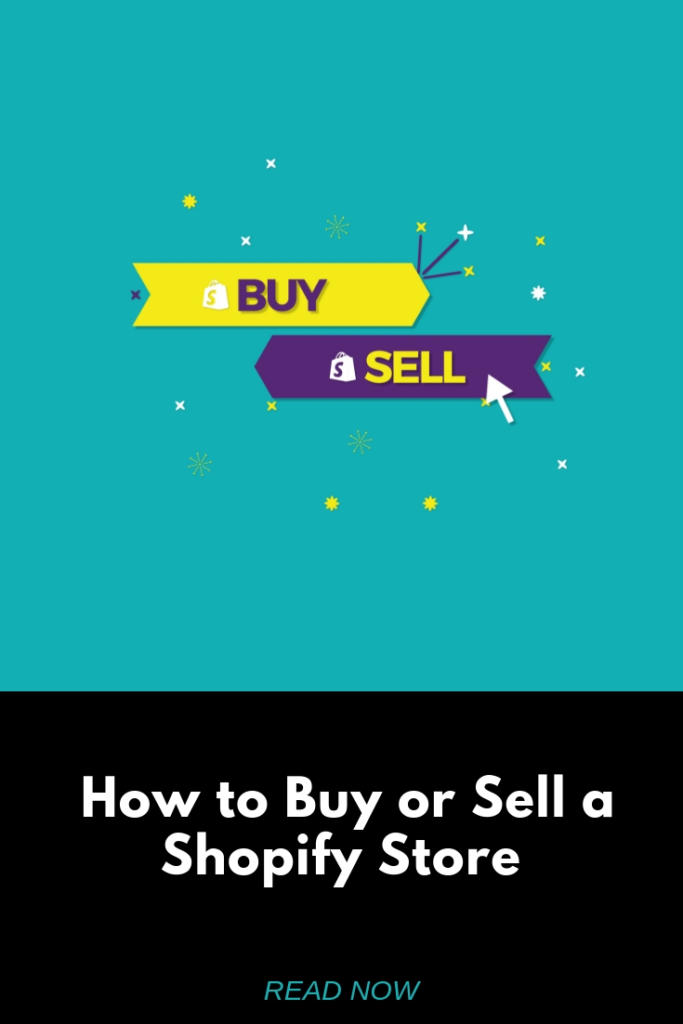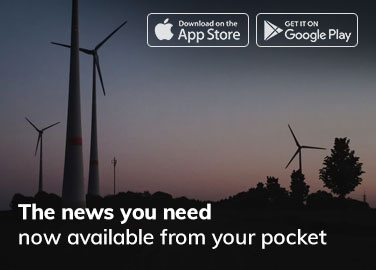Disclosure: Some of the links below are affiliate links, meaning, at no additional cost to you, Storehacks may earn a commission if you click a link to an external source.
The Shopify Exchange is one of the latest tools in Shopify’s ever increasing range of tools to help the ecommerce seller create a thriving business.
But depending on where you are in your journey, the Shopify Exchange may play different roles.
The Shopify Exchange, powered by Shopify of course, is Shopify's marketplace where interested buyers can buy a store, established business or ecommerce website.
Shopify Exchange can also be used by successful ecommerce entrepreneurs to sell profitable ecommerce stores to interested buyers.
So no matter whether you’re interested in the Shopify Exchange as a buyer or seller, this article will show you everything you need to know about buying or selling an online business on Shopify Exchange
In this article you’ll also see:
- How to find the best Shopify store for sale
- The best way to sell your store using Exchange
- What you need to know about taking over a functioning business
What is Shopify Exchange?
As mentioned in the introduction, Shopify exchange is a marketplace to buy or sell an online business. It's unique in the sense that the main product being sold is a fully functioning ecommerce store that's powered by Shopify.
But exactly what's on sale?
- Ownership of the company name
- Ownership and control of sales, marketing, and inventory of the store
- Control of respective social media accounts
Long story short, you literally buy and control everything. When buying a store, it's now yours to control in its entirety.
Simply browsing the Shopify exchange and checking out some stores listed for sale gives you a good idea of how the concept works.
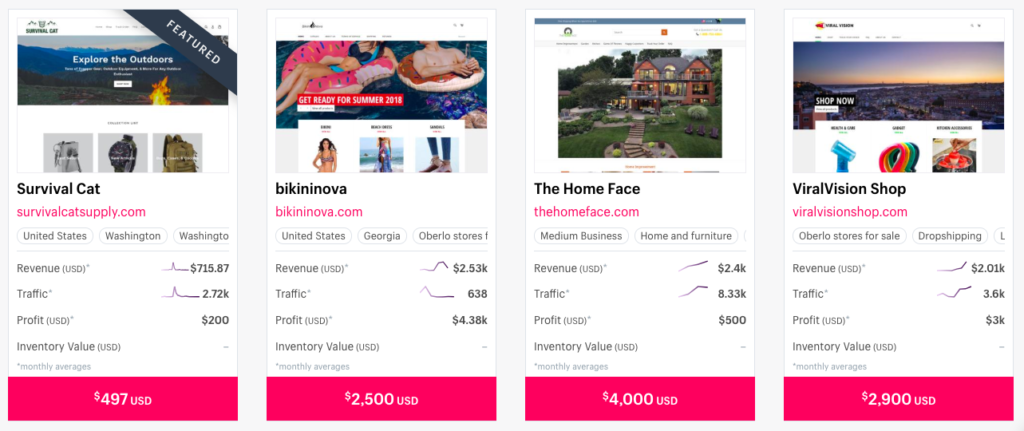
As you can see, all the different kinds of stores can be sold –
- Dropshipping stores on Shopify
- Shopify stores using Oberlo
- Retail stores
- Stores that hold inventory
- Print on Demand stores
Not exactly sure on the difference between drop shipping and Print on Demand? Take a read of the article: Print on Demand vs Dropshipping. What you need to know. [Read now]
On public display is information about the store's total revenue, traffic, and profits since it's inception.
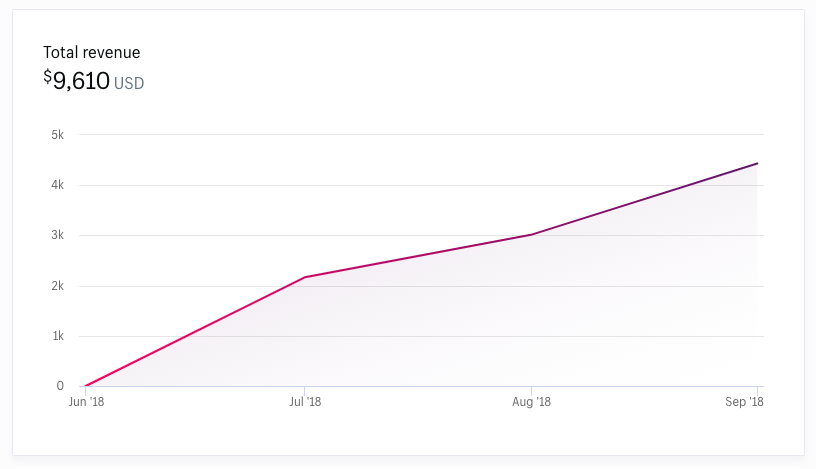
This is great for you as it gives you a brief overview of the position of the company. It allows you to quickly assess the feasibility of taking over this business.
What are the benefits of Shopify Exchange?
The benefits of selling or buying a store on Shopify Exchange are immense. We live in a day and age where an actual business is something that can be sold online, without buyer and seller ever having to actually meet.
The convenience is one benefit, but another overwhelming benefit is the role that Shopify plays throughout the process.
Shopify gives you documentation, time-frames, and other resources to make sure that both buyer and seller leave the transaction happy.
But what are the benefits of using Shopify exchange for both interested buyers and sellers?
Shopify Exchange benefits for sellers
If you've worked hard to get your store to a point that you want to sell it, you don't want to have to invest more time and energy to sell it.
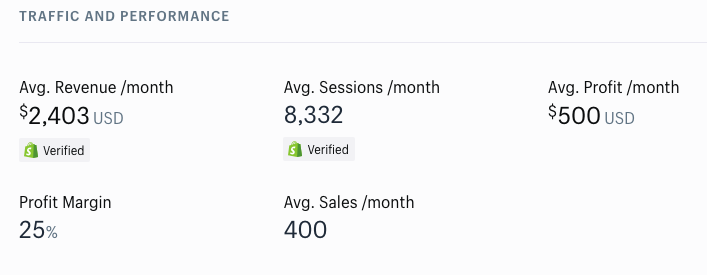
Shopify automates the listing process, automatically showing important metrics to anyone interested. There's no need for you to dig through your books and find the profits from last Christmas.
Furthermore, you can sell your retail store, dropshipping stores, all kinds of ecommerce websites and any kind of Shopify store can be sold.
Shopify Exchange benefits for buyers
As an individual that wants to buy a Shopify store that's already flowing, you want to make sure that you're getting value for money. As mention above, the metrics that Shopify automatically shows off can give you a good idea at the business' position.
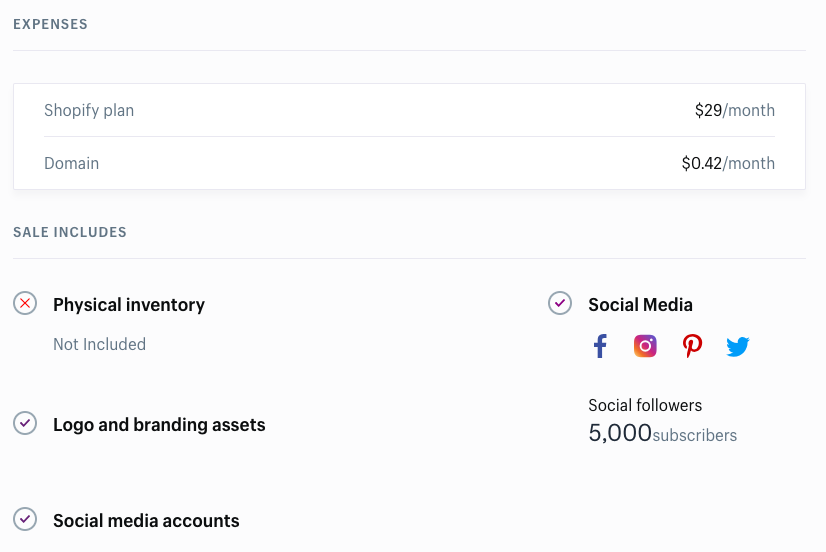
You can check out the domain name, the layout of the store and the products that have been offered.
Furthermore, you can use the domain name to get a good idea of the SEO profile of the company, as well as what keywords it currently ranks for – if any. You can also select from a wide range of starter stores or fully-fledged big businesses.
What are the drawbacks of Shopify Exchange?
Whether you buy your Shopify starter store using Exchange or another service like Flippa, you face similar drawbacks.
The biggest one being that the ecommerce stores are being sold for a reason. They're being sold because they're just not profitable now.
That may be because the product on offer is no longer desired *cough* fidget spinners *cough cough*, or that the product was seasonal – summer swimwear, winter sports gear for example.

The general feeling that you get from browsing Shopify Exchange is that a lot of the stores on offer are currently not open for business. So even though you may be buying a profitable business, the first hurdle will be re-opening the store and picking up where it left off.
Oh yeah, it doesn't hurt to know how to use Shopify before you go buying a store, too.
Selling on Shopify Exchange
If you're interested in selling on Shopify Exchange, here are a few things that you should do to get the best price for your store.
Don't sell when the fun is over
People want to buy a store that's profitable and making regular, consistent sales. If you decide to sell your store when it's not doing that, your store will be harder to move.
Furthermore, if you decide to list your store for sale and then walk away from it before it's sold, no one's going to buy it.
Here's a great example of when to sell your store:
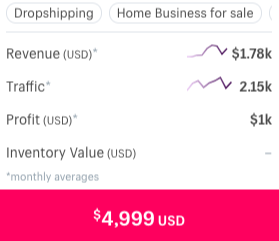
Maximize the attractiveness of your Shopify store by selling it while it's making a solid profit margin so that the buyer can walk straight into an already functioning business.
Go into as much detail are you can
When selling your store on Exchange, you're asked a pretty comprehensive set of questions.
Why should someone buy this store?
How can the future owner improve the business?
How to grow this business
Answer these questions in as much detail as you can. Remember, you're selling your online business and this is where you're literally writing your product description.
Go into as much detail as you can, focus on benefits and features and be honest.
Be as helpful as you can
Once your store has been sold, you can walk away from your store with your cash in your pocket.
But what can help you walk away with a little more cash in your pocket, is offering to hang around and show your store's new owner how to do exactly what you did.
Yes, this will take more of your time. But as an online merchant, you know all about value-added selling, don't you?
Buying on Shopify Exchange
Interested buyers wanting to acquire a store on Shopify exchange have quite a bit of work to do.
ProTip: Organise a site review to see if you're buying a decent store or someone else's garbage.
If you're interested in finding a Shopify starter store for sale, do the following:
Read & analyze the data
While it's impossible to skew the data that's presented in Shopify Exchange, it's up to you to analyze it.
Is the average revenue per month verified? If it is, compare that figure to the Average profit per month. It's quite difficult to have profit margins exceed the revenue per month.
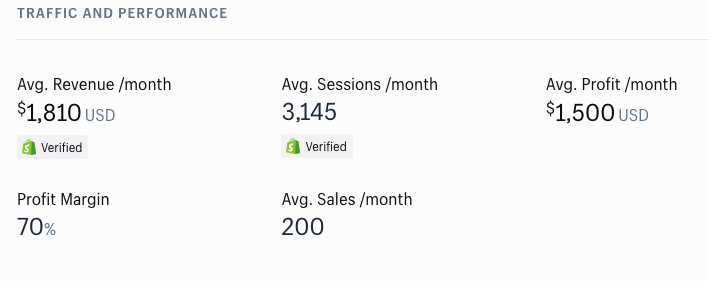
Next, divide the average revenue per month by the average sessions per month. This gives you the average order price. Then with this figure in mind, see if the store holds inventory (if the store is still online). Find the average price of products listed for sale, and compare that to the average order price.
You'll then know if people tend to buy more expensive or cheaper products in the store. This will also give you an insight into the way the store has been marketed, and which products have been marketed
Take PPC into account
While it's great that Exchange shows you the monthly expenses for the store, it's not totally transparent.
This section only shows you the expenses that are paid to Shopify. It doesn't take into account:
- PPC ads
- Influencer marketing
- Returns and refunds
- Marketing tools
- Plugins
- Freelancers (graphic design, copywriters etc)
- Staff
You'll notice that in many of the listings, sellers are quick to say ‘All you need to do is have an AdWords budget of $5.7k per month'.
Well, do you have that money every single month to throw at AdWords? Furthermore, do you have the skill and confidence to make PPC advertising your only source of traffic?
Check out the SEO profile
Any online business that wants to be around in more than 2 years has invested some kind of resource into SEO.
Take the domain name and put it into tools like Ahrefs and Seoptimer. Ahrefs will give you an idea of the backlinks and keywords that the domain name has, and Seoptimer will give you an idea how the page speed and structure.
Here's an example of Ahrefs showing a store's SEO profile.

This store is for sale on Exchange right now. This is a terrible SEO profile.
Use the Wayback Machine to see how the website looked in the past. This will give you a good idea of what the page was doing 2, 5, or even 10 years ago – if anything.
Check out the Facebook Ad Accounts
If the store has been driving traffic using Facebook Ads then you will 100% want to be given any assets that have been created in doing so. Having access to the Facebook Pixel data, custom audiences, etc will be a huge help with hitting the ground running once purchased.
Further to getting access to the assets, you want to cross check advertising costs with what has been claimed on the listing to ensure the profitability of your purchase.
Based on the Pixel date you will also be able to see how the traffic to the site has been performing. If you see a steady increase in activity and purchases you know the store is headed in the right direction.
Check out the Social Profiles
When purchasing a store you want to be sure that you are buying something special, or at least, something that can be.
One of the best ways to see if your potential purchase has legs is by checking out the social profiles and how active they have been. Has the previous owner branded their content? Have they got fantastic imagery and a quality fanbase?
What is the engagement like on the profiles? Unfortunately, it can be quite easy for anyone to grow a profile online. What is much harder is to create a profile with great engagement.
Some considerations;
- What country are most the fans and followers from?
- How often have they been sharing content?
- Is the content branded?
- How big are the profiles?
- How engaged is the audience?
Develop a contingency plan & exit strategy
Before you jump into buying your starter store, you'd be foolish not to have an exit plan, or a contingency plan if everything goes wrong.
Once you own this store, it's yours for good.
What happens if it doesn't work out?
Will you then sell it again for a loss?
Will you just walk away from it?
If you've invested a good amount of time and energy into acquiring the business, you won't want to take the latter option. Therefore it's crucial that you figure out what to do if things don't work out the way you wanted them to.
More handy info for interested buyers
If you're casually browsing Shopify Exchange just looking for a cheap business to pick up and start generating an income for nothing, then you're doing ecommerce completely wrong.
You're not just buying an online store, you're buying a functioning business. You are buying a business that will be associated with your name, and something that, if done right, can quite literally move you to a bigger house.
But if you don't do your research beforehand, that'll never happen.
If you don't know whether you want to get into dropshipping stores, fashion, electronics or Print On Demand, Shopify Exchange won't help you make that decision.
Go find stories of other ecommerce entrepreneurs that have used all the listed business models and sold all kind of products to see what is right for you.
Next, look at the name of a domain. What's the name of the brand in relation to the domain name?
If the brand name is ‘Sundowner Shorts' but the domain is sundownerrshortz.biz, steer clear.
Why?
Because using Z's in the place of an S in a domain name isn't great for ecommerce stores. Nor is any other domain ending than .com.
Similarly, if there are hyphens in your domain name, that will limit the word-of-mouth marketing capabilities of your store.
‘Oh hey nice shoes'
‘Thanks, I got them from gothic hyphen leather hyphen boots dot com'.
Domain names, like brand names, are best kept short and punchy.
Shopify Exchange: Conclusion
Shopify exchange is a great concept. It brings together interested buyers with successful business owners who want to sell their stores.
Buyers can browse established business information like social media accounts, profit margins, and business models.
Both buyer and seller know that the hand over is going to be smooth and both parties will walk away successful.
If you're looking to sell your store, Shopify Exchange is a great place to do that. You can sell your business and not have to go through all the legalities of selling it like a traditional established business.
If you're a buyer, keep a few things in mind – there's more to the business that you're interested in that just what the Shopify Exchange dashboard is showing you.
